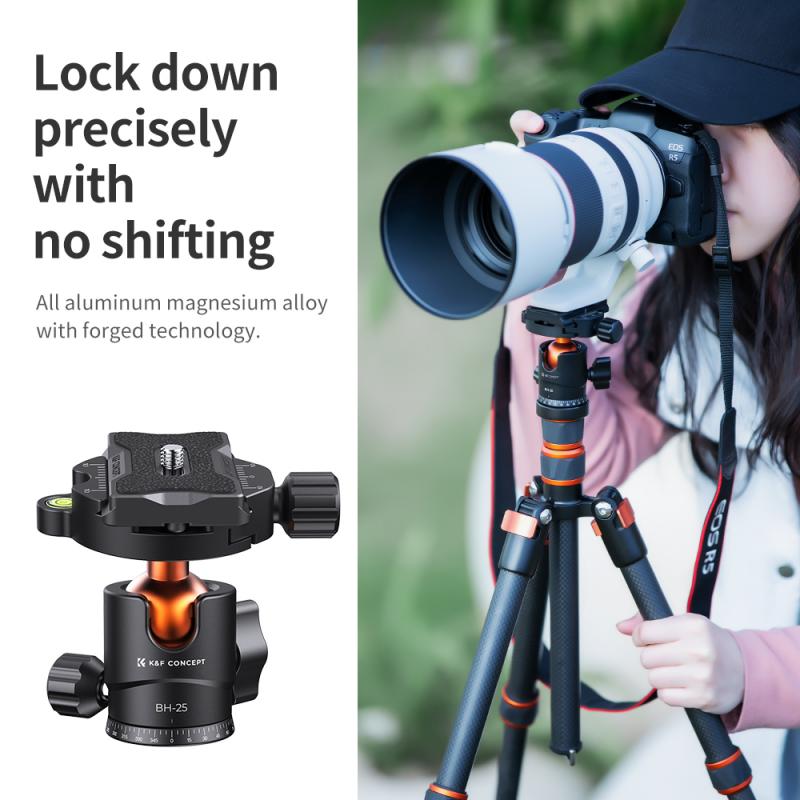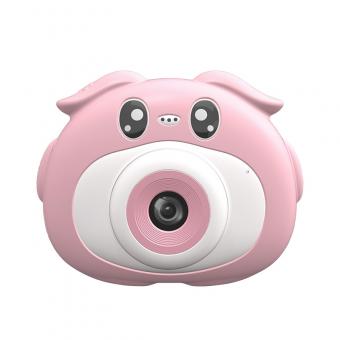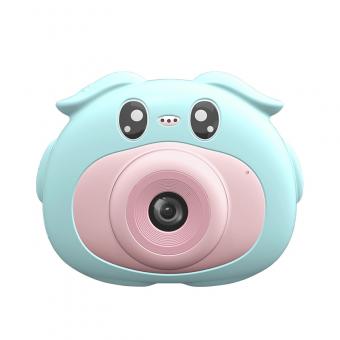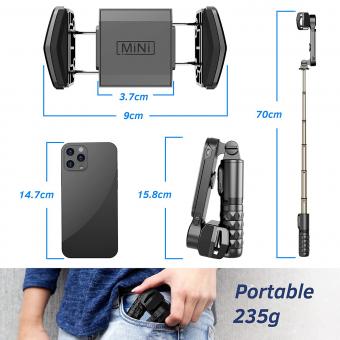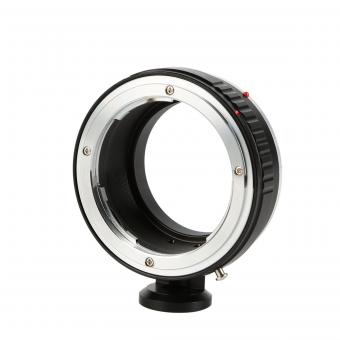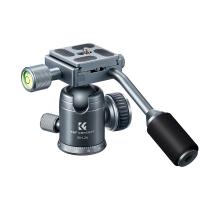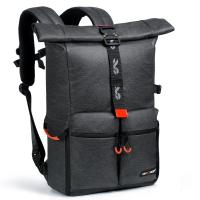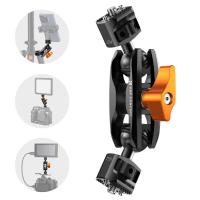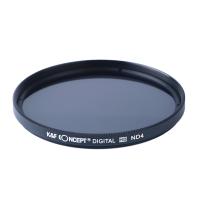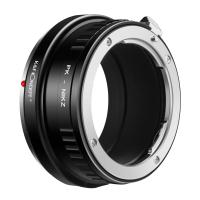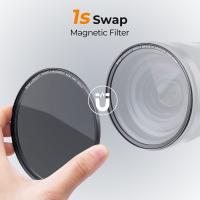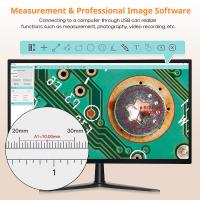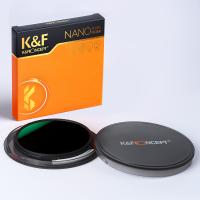How To Take Good Selfie With Digital Camera ?
To take a good selfie with a digital camera, first, make sure you have good lighting. Natural light is usually the best option, so try to position yourself near a window or go outside. Next, find a flattering angle by holding the camera slightly above eye level. This can help to avoid unflattering shadows and make your face appear more defined. Additionally, experiment with different poses and expressions to find what works best for you. Lastly, consider using the self-timer function or a remote shutter release to avoid any camera shake.
1、 Lighting and composition for flattering selfie shots
Lighting and composition are key elements to consider when taking a good selfie with a digital camera. Here are some tips to help you capture flattering selfie shots:
1. Natural lighting: Find a well-lit area with soft, diffused natural light. Avoid harsh overhead lighting or direct sunlight, as it can cast unflattering shadows on your face. Consider taking selfies near a window or outdoors during the golden hour (the hour before sunset or after sunrise) for a warm, flattering glow.
2. Use a tripod or selfie stick: To avoid shaky or blurry photos, use a tripod or a selfie stick to stabilize your camera. This will help you maintain a steady shot and allow you to position the camera at the desired angle.
3. Find your best angle: Experiment with different angles to find your most flattering pose. Generally, holding the camera slightly above eye level and angling your face can help define your features and minimize any double chin appearance.
4. Rule of thirds: Apply the rule of thirds to compose your selfie. Imagine a grid dividing your frame into nine equal parts, and position your face or focal point along these lines or at their intersections. This technique adds balance and visual interest to your photo.
5. Background and framing: Pay attention to the background and framing of your selfie. Choose a clean, clutter-free background that complements your subject. Consider using props or interesting elements to add depth and personality to your shot.
6. Express yourself: Don't be afraid to show your personality and experiment with different expressions and poses. A genuine smile or a confident look can make your selfie more engaging and appealing.
In today's digital age, it's also worth mentioning the latest point of view on selfie etiquette. Be mindful of your surroundings and respect others' privacy when taking selfies in public places. Additionally, remember that filters and editing tools can enhance your selfie, but don't overdo it. Embrace your natural beauty and let your unique self shine through in your photos.

2、 Utilizing the self-timer function for better framing
To take a good selfie with a digital camera, there are several key factors to consider. One important technique is utilizing the self-timer function for better framing. This feature allows you to set a delay before the camera captures the image, giving you time to position yourself and ensure a well-composed shot.
To begin, find a suitable location with good lighting. Natural light is often the most flattering, so try to position yourself near a window or go outside during the golden hour (the hour after sunrise or before sunset). Avoid harsh shadows by facing the light source or using a reflector to bounce light onto your face.
Next, set up your camera on a stable surface or use a tripod. This will prevent any unwanted blurriness caused by shaky hands. Adjust the camera's angle and height to capture the most flattering angle of your face. Experiment with different perspectives to find what works best for you.
Once your camera is set up, activate the self-timer function. Most cameras offer a variety of delay options, such as 2, 5, or 10 seconds. Choose a delay that allows you enough time to get into position comfortably.
When the timer starts, quickly move into your desired pose. Relax your face and smile naturally, or experiment with different expressions to convey the desired mood. Remember to keep your arms relaxed and avoid holding the camera too close to your face, as this can distort your features.
Lastly, review the images and make any necessary adjustments. Take multiple shots to increase your chances of capturing the perfect selfie. Consider experimenting with different backgrounds, angles, and lighting conditions to add variety to your photos.
In conclusion, utilizing the self-timer function for better framing is a valuable technique when taking selfies with a digital camera. By following these tips and adding your own personal touch, you can capture stunning and memorable self-portraits.
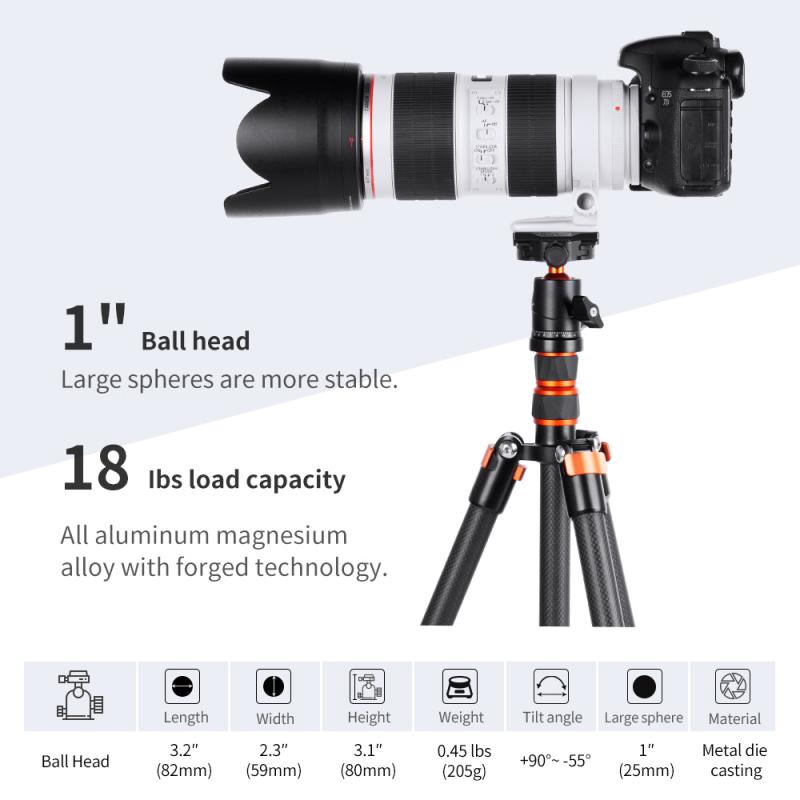
3、 Adjusting camera settings for optimal image quality
Taking a good selfie with a digital camera requires a combination of proper camera settings and personal techniques. Here's a guide on how to achieve the best results:
1. Adjusting camera settings for optimal image quality: Start by setting your camera to the highest resolution possible. This will ensure that your selfie captures the maximum amount of detail. Additionally, set the ISO to the lowest value to minimize noise and achieve a cleaner image. Adjust the white balance according to the lighting conditions to ensure accurate colors.
2. Lighting: Good lighting is crucial for a great selfie. Natural light is generally the most flattering, so position yourself near a window or go outdoors. Avoid harsh overhead lighting as it can cast unflattering shadows. If necessary, use a reflector or a softbox to diffuse the light and create a more even illumination.
3. Composition: Consider the composition of your selfie. Use the rule of thirds to create a visually appealing image. Experiment with different angles and perspectives to find the most flattering one for your face. You can also try using the camera's self-timer or a remote shutter release to avoid any camera shake.
4. Focus and depth of field: Ensure that your camera is focused on your face. Most digital cameras have autofocus capabilities, but you can also manually focus if needed. To achieve a shallow depth of field and blur the background, use a wide aperture setting (low f-stop number).
5. Post-processing: After capturing your selfie, you can enhance it further using photo editing software. Adjust the exposure, contrast, and saturation to make the image pop. Be careful not to overdo it, as natural-looking selfies tend to be more appealing.
In today's digital age, taking a good selfie has become an art form. Keep in mind that personal style and creativity play a significant role in capturing a unique and eye-catching selfie. Experiment with different techniques, poses, and expressions to find your own signature selfie style.
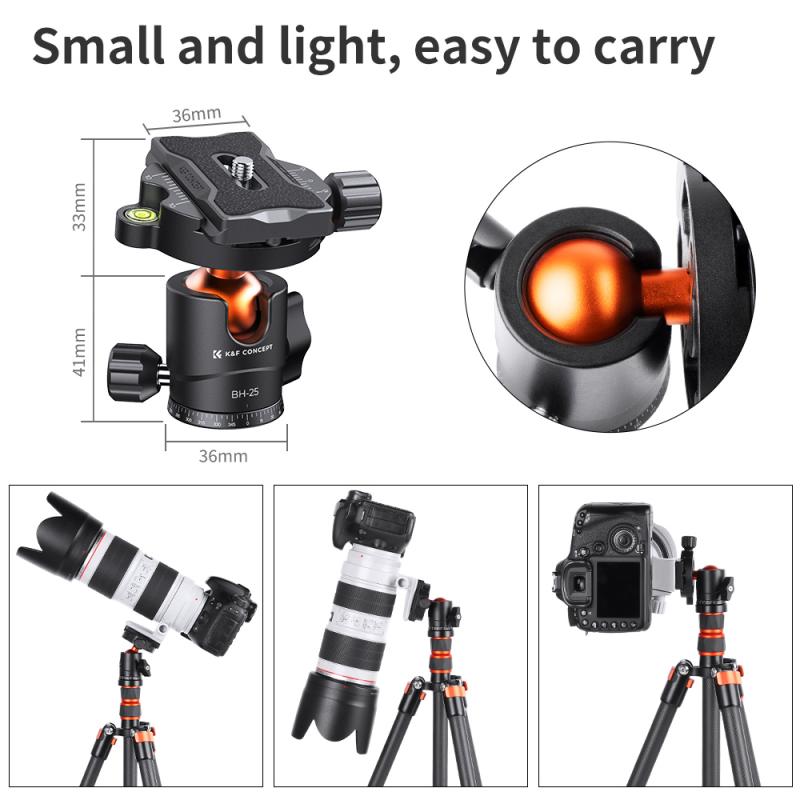
4、 Experimenting with different angles and perspectives
To take a good selfie with a digital camera, there are several tips and techniques you can follow. One important aspect is experimenting with different angles and perspectives. By doing so, you can find the most flattering angle that highlights your best features and minimizes any flaws.
Start by holding the camera slightly above eye level and tilting it downwards. This angle can help elongate your neck and make your eyes appear larger. However, be cautious not to hold the camera too high, as it can create unflattering shadows on your face.
Another angle to try is holding the camera at arm's length and slightly to the side. This can create a more natural and candid look. Experiment with different side angles to find the one that suits you best.
Additionally, consider the background and lighting. Choose a well-lit area with natural light, as it can enhance your features and make your skin look more radiant. Avoid harsh overhead lighting or direct sunlight, as it can cast unflattering shadows.
Experimenting with different poses can also add variety to your selfies. Try tilting your head, smiling, or even looking away from the camera for a more artistic touch. Don't be afraid to get creative and express your personality through your poses.
Lastly, take multiple shots and review them to see which ones you like best. You can also edit your selfies using various photo editing apps to enhance the colors, brightness, and overall appearance.
Remember, the key to taking a good selfie with a digital camera is to experiment with different angles, perspectives, and poses. Find what works best for you and have fun capturing your best self!
